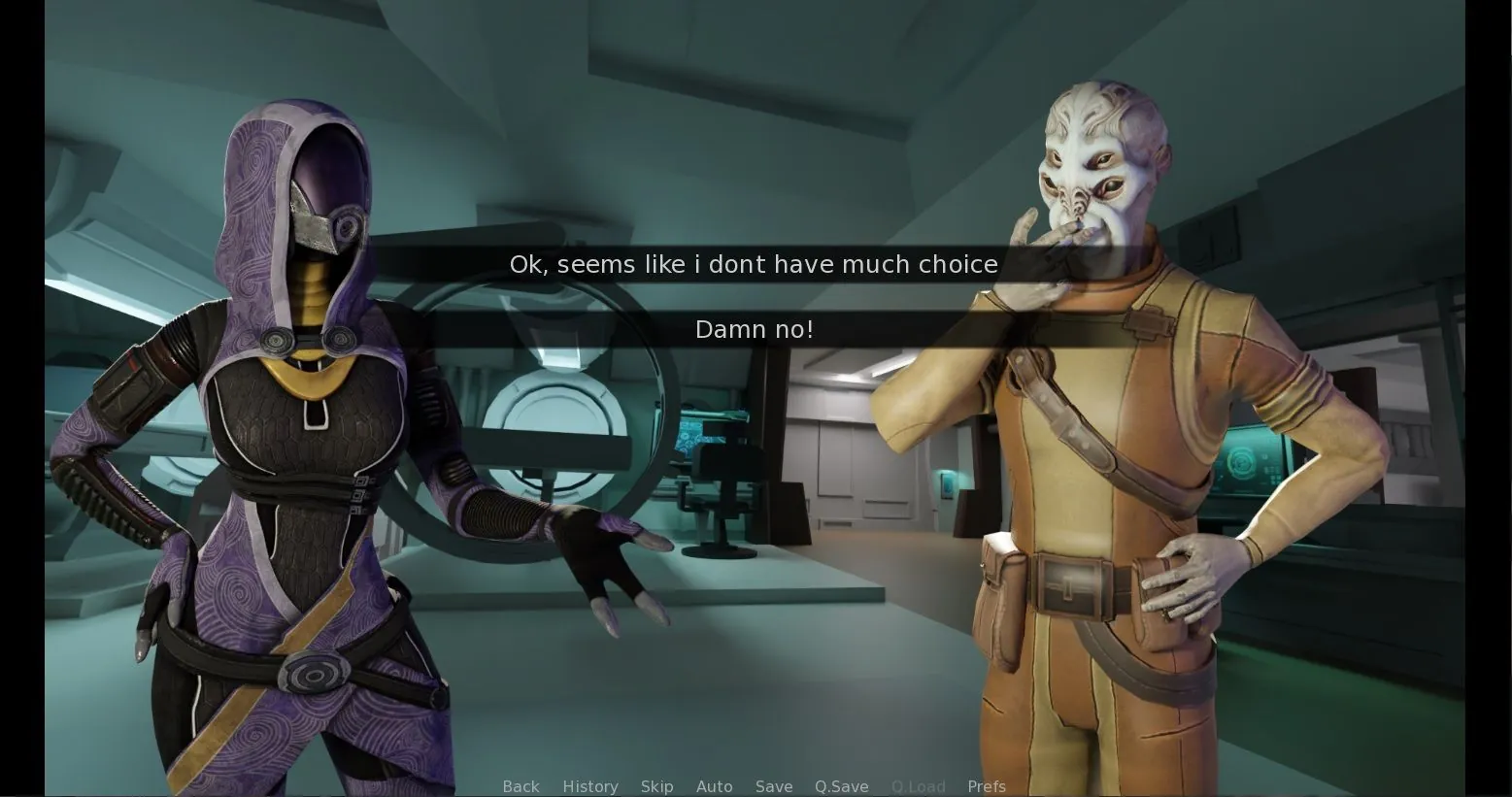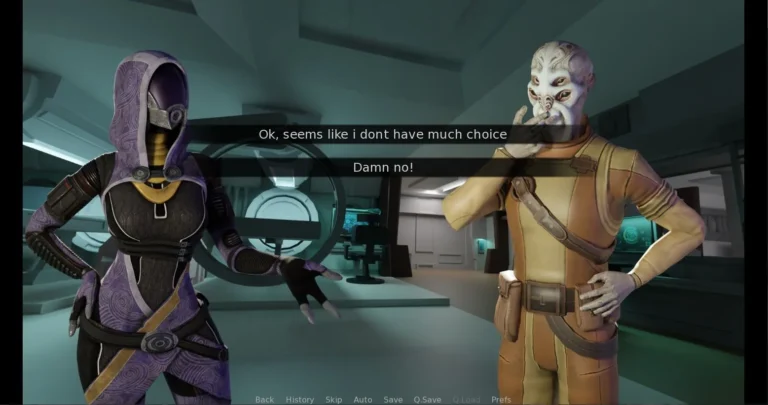
The Pilgrimage
Play The Pilgrimage
The Pilgrimage review
Exploring the World, Themes, and Gameplay of The Pilgrimage
If you’re curious about The Pilgrimage, you’re not alone—this narrative-driven game has sparked interest for its rich storytelling, memorable characters, and collaborative design. Unlike many games in its genre, The Pilgrimage invites players into a world where personal choices, cultural tensions, and family dynamics shape the journey. Whether you’re a fan of deep role-playing experiences or simply love a game that tackles real-world themes through interactive fiction, this article will guide you through everything you need to know about The Pilgrimage, from its compelling protagonist to its innovative gameplay mechanics.
The World and Story of The Pilgrimage
A Journey Shaped by Culture and Conflict
Imagine packing your entire life into a caravan, your home constantly moving, and the open road being your only constant. 🎪 This is the breathtaking backdrop of The Pilgrimage story, a narrative that unfolds within the vibrant, chaotic, and beautiful world of a traveling circus. This isn’t just a setting; it’s a character in itself, a living, breathing entity that shapes every decision and every relationship. The traveling circus setting is more than a spectacle—it’s a sanctuary for those who don’t fit in, a theme that resonates deeply in our own world. I remember playing games that made me feel like a tourist in a world, but The Pilgrimage makes you feel like a resident, with all the dirt, glitter, and complicated history that entails.
This world, however, is far from a peaceful paradise. The circus travels through lands gripped by fear and intolerance, setting the stage for a profound exploration of religious conflict in games. Early on, your troupe faces a brutal attack from a zealous army, an event that shatters the illusion of safety and propels the narrative forward. This isn’t just a random act of violence for shock value; it’s the catalyst that forces our protagonist, and you as the player, to confront harsh realities about prejudice, survival, and what it means to be “other.” This conflict is handled with a rawness I found both shocking and refreshing, making the stakes feel incredibly personal.
At the heart of this turmoil is a deeply human story about family dynamics in The Pilgrimage. The circus is a family business, and like any family, it’s filled with love, tension, and conflicting dreams. The central struggle isn’t just against external armies, but also against the internal expectations and traditions that can feel just as constraining. This dual-layered conflict—societal and familial—is what gives The Pilgrimage story its incredible emotional weight. You’re not just fighting for survival; you’re fighting for the soul of your family. 💔
Meet Anaya: The Rebel Protagonist
Let’s talk about the star of the show: the Anaya character. If you’re tired of stoic, silent heroes, Anaya will be a breath of fresh air. She’s a young Romani woman who has spent her life as part of her family’s circus, and she is fiercely, wonderfully independent. 🦸♀️ She isn’t a hero who stumbles into a quest; she’s a woman whose life is violently upended, and her journey is one of defiant reclamation. Playing as Anaya feels less like controlling a character and more like guiding a friend through the most difficult period of her life.
Her most defining conflict is with her father. He represents tradition and security, believing the best path for Anaya is an arranged marriage that will ensure the family’s stability. Anaya, however, burns with a desire for freedom and self-determination. This clash is the emotional core of the early game, and it’s portrayed with a nuance that avoids simple “good vs. bad” tropes. You understand her father’s fears, even as you champion Anaya’s right to choose her own path.
To really highlight this central relationship, let’s break down their contrasting perspectives:
| Anaya’s Perspective | Her Father’s Expectations |
|---|---|
| Desires personal freedom and self-discovery | Seeks security through an arranged marriage |
| Views the circus as a calling and an art form | Views the circus as a family business to be preserved |
| Challenges tradition and external authority | Upholds tradition as a means of protection |
| Motivated by personal dreams and identity | Motivated by familial duty and legacy |
This table isn’t just about listing traits; it’s about understanding the heartbreaking dilemma at the center of The Pilgrimage story. The Anaya character is so compelling because her rebellion isn’t born of spite, but of a deep-seated need to be seen as a whole person, not just a daughter or a pawn in a larger game. Your choices directly influence how this relationship evolves, making every interaction feel charged with meaning. Will you be defiant? Understanding? Secretive? The power is in your hands. ✨
Key Themes and Narrative Depth
What truly sets this experience apart is its commitment to narrative-driven gameplay. This isn’t a game where the story is a cutscene you watch between action sequences. Here, the story is the gameplay. Every conversation, every environmental interaction, and every quiet moment of reflection is part of the narrative tapestry. I’ve often found myself just sitting at a campfire, listening to the stories of other circus members, completely absorbed in the world-building. This approach makes the world feel alive and deeply interconnected.
A huge part of why this works so well is that player choices matter. And I don’t mean in a superficial “good karma/bad karma” way. The decisions you make feel organic to the situation. Do you stand up to a bully threatening a member of your troupe, potentially drawing unwanted attention, or do you use wit and misdirection to defuse the situation? These choices can alter character relationships, open up (or close off) entire story branches, and even determine who stays with you on your journey. It creates a powerful sense of ownership over The Pilgrimage story.
The development team clearly poured their hearts into getting the cultural and emotional nuances right. This dedication shines through in every aspect of the game.
“We didn’t want the cultural themes to be just set dressing. They are the engine of the conflict and the source of the characters’ strength. It’s a story about finding beauty and resilience in the face of being told you don’t belong.”
This insight is key to understanding the game’s depth. The exploration of religious conflict in games and complex family dynamics in The Pilgrimage isn’t done for edginess; it’s done to tell a human story about resilience. The attack on the circus isn’t the end of the story—it’s the brutal beginning of Anaya’s pilgrimage, a journey that will see her question everything she knows.
And for those wondering about the family she leaves behind? Without giving anything away, the nature of a pilgrimage is that the path sometimes leads you back to where you started, but as a different person. The possibility of their return is a narrative thread that hangs over the entire journey, making every decision about your past and your future all the more poignant. The traveling circus setting may be the stage, but the Anaya character and the people she loves are the unforgettable performance. 🎭 Your choices will ultimately determine what kind of show it is—a tragedy, a triumph, or something beautifully, authentically in between.
The Pilgrimage stands out as a thoughtful, character-driven experience that blends personal struggle with broader cultural themes. Through Anaya’s journey, players explore issues of independence, family, and faith in a world that feels both unique and relatable. The game’s collaborative development and emphasis on player choice create a dynamic narrative that rewards engagement and reflection. If you’re looking for a game that goes beyond traditional RPG mechanics to deliver a story that stays with you, The Pilgrimage is worth your attention. Follow the developer’s updates, join the community, and see how your choices can shape this evolving world.














